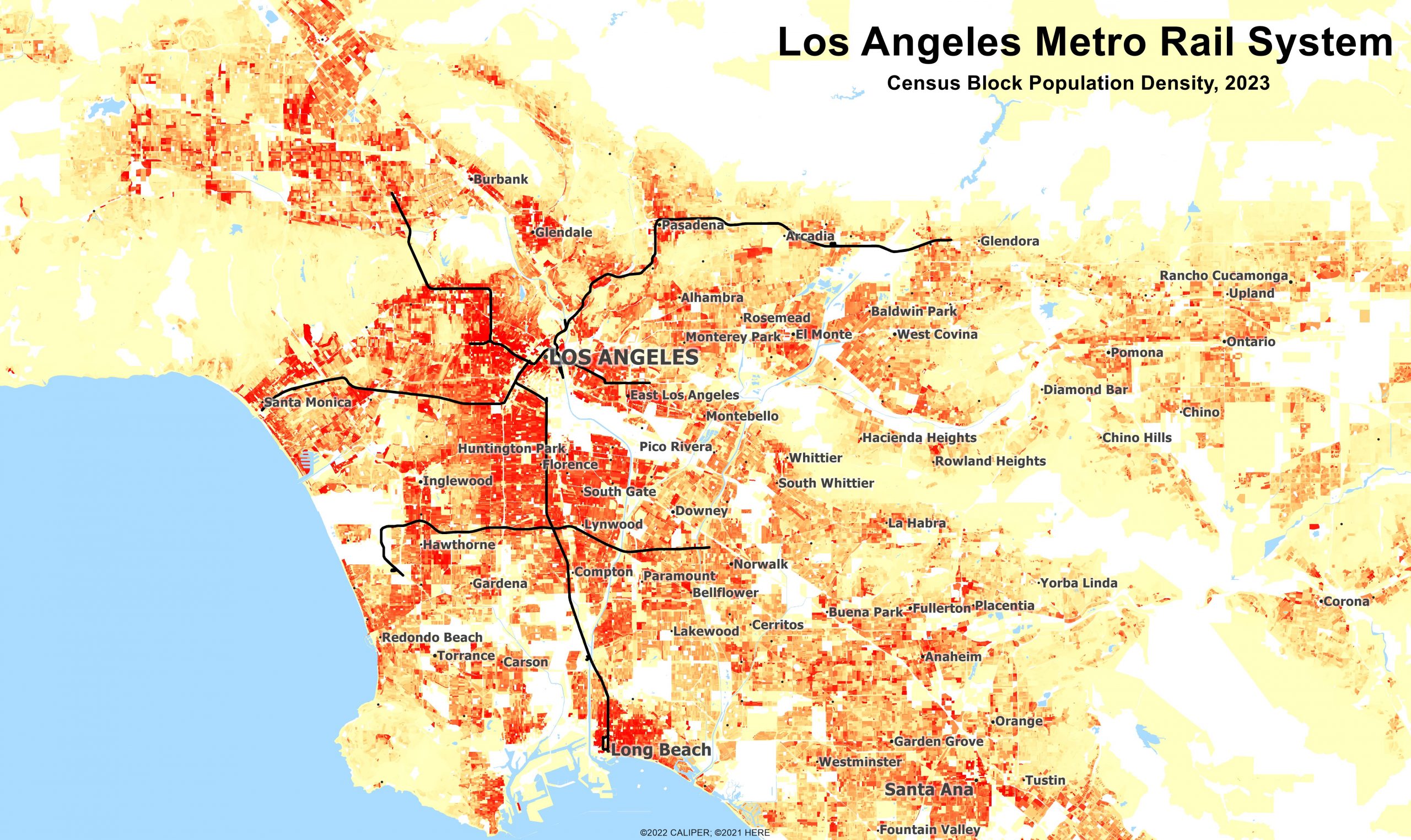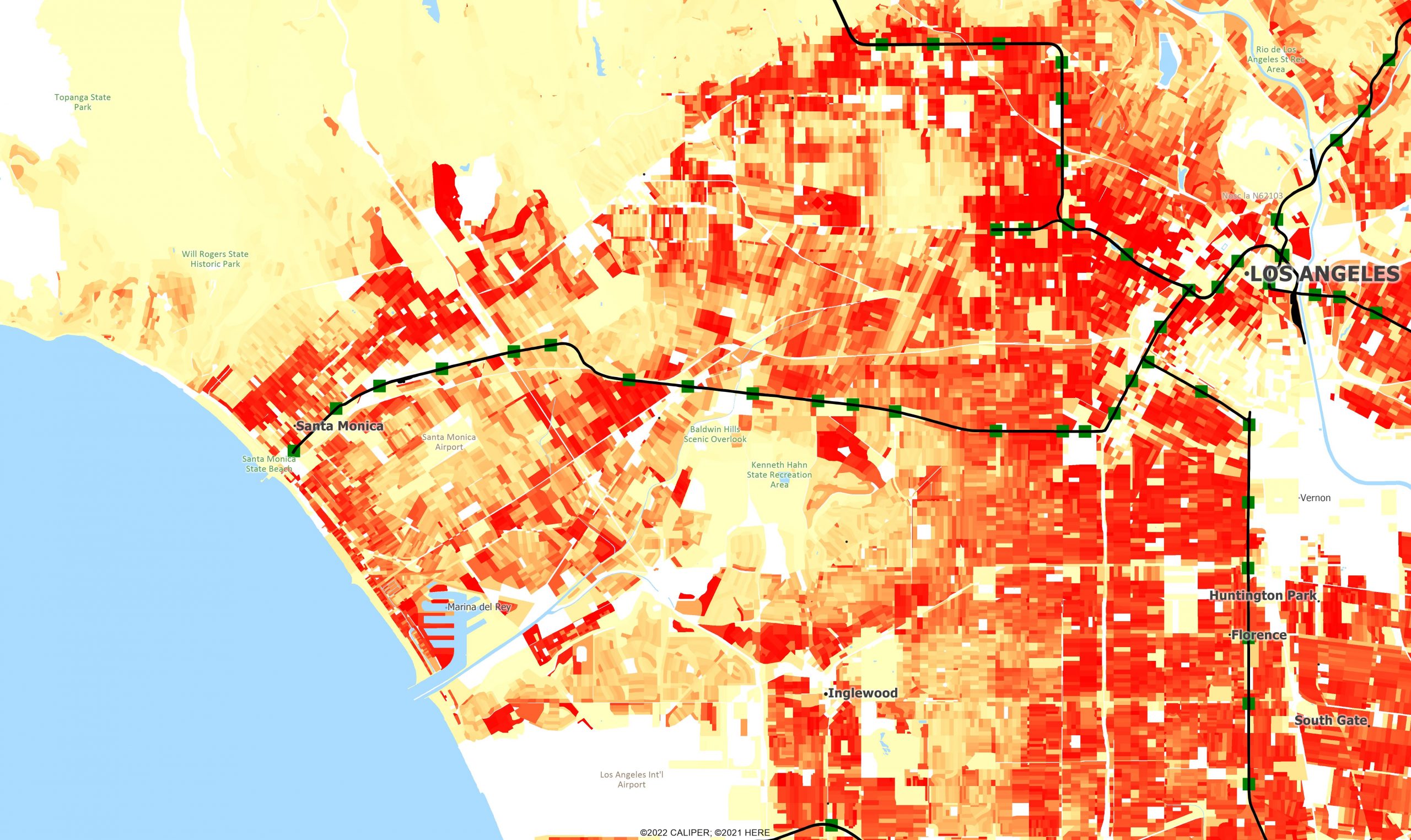The housing market supply seems to always be behind demand, and with rising interest rates, multi-family housing units are a good solution for many individuals and families. How do these units impact commercial real estate and potential site selection?
Of course, mixed use developments are increasingly popular, especially in a climate where people can work from home. The ability to walk downstairs to grab a coffee or lunch is very appealing for young professionals.
Economic growth and stability, often reflected in the health of the residential real estate market, can drive demand for commercial real estate. When more people are renting apartments and settling in a particular area, there’s usually an increased need for commercial spaces like offices, retail outlets, and industrial facilities to support the growing population and businesses. As people, especially those with flexible jobs, move to the outer suburbs as they did during the pandemic, businesses move there to accommodate the demands for the growing population.
Amenities are incredibly important to renters. Being close to public transportation, grocery stores, shopping and restaurants are all things potential tenants consider when choosing which building to live in. Knowing the area, and what is around the potential site, will greatly benefit the developer. Investing in good business data would be imperative to the success of the building. What commercial real estate developments are near the site you are considering? Are additional developments planned? Are there gaps in the market that you could add to your project by making it mixed use with retail on the first floor?
The maps below show the Los Angeles fixed rail Metro lines with 2023A block population density. The detailed map shows the westside line. As we discussed, public transportation is a draw for renters, especially when looking for units in the city center, and there is room for redevelopment of higher density multi-family along the rail line.




Recent Comments